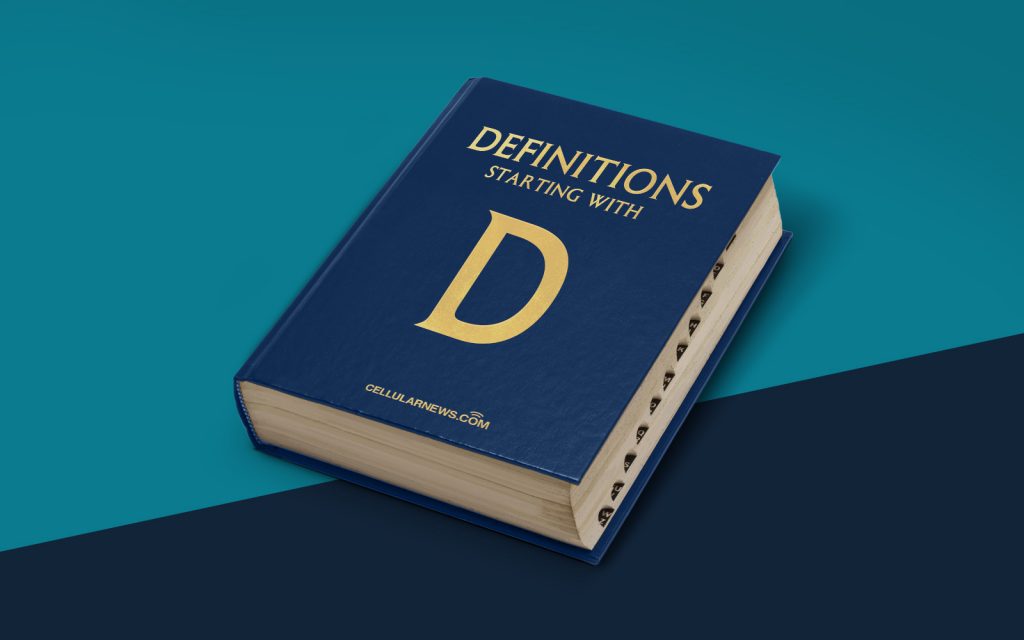
What is a Data Collision?
Welcome to the “DEFINITIONS” category of our blog! In this section, we aim to shed light on various terms and concepts related to the digital world. Today, let’s dive into the fascinating concept of data collision.
Have you ever wondered what happens when two pieces of information seemingly collide? Well, that’s where the notion of data collision comes into play. Simply put, a data collision occurs when two or more sets of data intersect or overlap, creating a collision or conflict.
Key Takeaways:
- Data collision happens when two or more sets of data overlap or intersect.
- It can lead to conflicts, inconsistencies, or data corruption.
Data collisions can occur in various scenarios, such as:
- Network Data: In a computer network, when two or more devices attempt to transmit data simultaneously, a data collision can occur. This collision hinders the successful transmission of information and can impact network performance.
- Database Operations: In databases, collisions can happen when multiple users or processes attempt to access or modify the same piece of data concurrently. This can lead to consistency issues, data corruption, or incorrect results.
- File Storage: In file systems, collisions can occur when two or more files have the same name in the same directory. This can lead to confusion or overwritten files, making it crucial to handle collisions appropriately.
It’s important to address data collisions promptly as they can result in conflicts, inconsistencies, or data corruption. Here are some strategies to mitigate or handle data collisions:
- Data Synchronization: Implementing synchronization mechanisms or protocols can help ensure that multiple devices or processes access and modify data in a coordinated manner, reducing the likelihood of collisions.
- Concurrency Control: Employing concurrency control techniques, such as locks or transactions, within databases can help manage multiple users’ access and modifications, minimizing collisions.
- Unique Identifiers: Assigning unique identifiers to files, records, or network packets can prevent collisions by ensuring each piece of data has a distinct identity.
In conclusion, data collision is the convergence of multiple sets of information, leading to conflicts, inconsistencies, or data corruption. Understanding the concept and employing appropriate strategies can help mitigate the potential risks associated with data collisions. Stay tuned for more enlightening definitions in our “DEFINITIONS” category!
